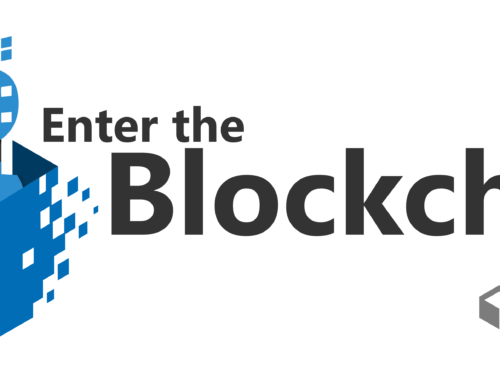 Customer Adoption is the ultimate measure of Return On Investment. Period! I hear a lot of people talking about ‘Time to Market’, but I don’t think that this is what they really want to achieve. “Great, we have our new offer in market, but the channels aren’t familiar with it…..yet”, or “customers cannot find it on our website…..yet”, or “we cannot handle orders over the phone…..yet”. So, what is the use?
Customer Adoption is the ultimate measure of Return On Investment. Period! I hear a lot of people talking about ‘Time to Market’, but I don’t think that this is what they really want to achieve. “Great, we have our new offer in market, but the channels aren’t familiar with it…..yet”, or “customers cannot find it on our website…..yet”, or “we cannot handle orders over the phone…..yet”. So, what is the use?
Time to Market is necessary, but not sufficient.
Time to Market, based on this definition, is a misguided and a delusional goal. A far more meaningful and useful goal to aspire to, to plan for and to measure is ‘Time to Revenue’. The two metrics may be used interchangeably but I would argue that this is a dangerous error. Because the difference between Time to Market and Time to Revenue is Customer Adoption. (see diagram)
Time to Customer Adoption:
“There is more to success than hard work.” – Anonymous
What are the drivers of adoption and what are the barriers to adoption? And how can we align with those drivers and overcome the barriers when potential customers are evaluating and considering purchasing our products and services?
Consumer psychologists tell us that dissatisfaction is the beginning of all behavior. If we were not dissatisfied, we would simply stick to what we have. There would be no need to change what we do. The gap between where we are now and where we want to be is what drives us to make changes in our lives, and of course that is what makes us change the products we own and the services we consume. Geoffrey A. Moore’s work on “Crossing the Chasm” tells us that Innovators and Early Adopters will be cognisant of their dissatisfaction and unmet needs and take positive action to resolve them. Customer adoption then is all about helping the early majority and other post-chasm customers to feel the need and follow the lead of the Innovators and Early Adopters.
People make emotional decisions that they then rationalize and justify with logic.
Success means eliminating Barriers to Adoption:
1. GAIN vs PAIN. If the perceived GAIN is less than 10 X the perceived PAIN, then the effort (also PAIN) to change will be considered as insufficient to be worthwhile. Business Implication: Sell the PROBLEM, not the SOLUTION. Use a diagnostic conversation to help the customer probe for PAIN. Take them to the negative future. Let them ‘wallow in the PAIN.’ Then take to the positive future, to the un-troubled state where they can enjoy peace of mind AND then show them how they can get there with minimum time and minimum effort by adopting your products and services.
2. Align with consumer’s self-perception. Consumers choose products that are consistent with their perceptions of themselves and reject those that are incongruous with them (Sirgy, 1982). Business Implication: Determine what you stand for as a Company, your core values and then align your product, service and company values with those of your target customer groups.
3. Re-frame the Customer’s Perceived Risks:
Uncertainty leads to “no decision”. And uncertainty in business has never been higher than it is today. Business Implication: Cloud Computing and SaaS are a perfect antidote or cure for business uncertainty because they put control back in the hands of the business. As one customer said: “The rate of change in business today really puts you at a disadvantage if you make long-term investments in anything.” That is an outstanding endorsement of the benefits of the Cloud.
Question: What are you going to do to accelerate Time To Revenue by maximising Customer Adoption of your Products and Services?
Read blog post: The Buyer’s Journey Part 2
Read blog post: The Buyer’s Journey Part 1
View slideshare: Customer Adoption is the new ROI
Read Book: Outside in: The Power of Putting Customers at the Center of Your Business




Leave A Comment